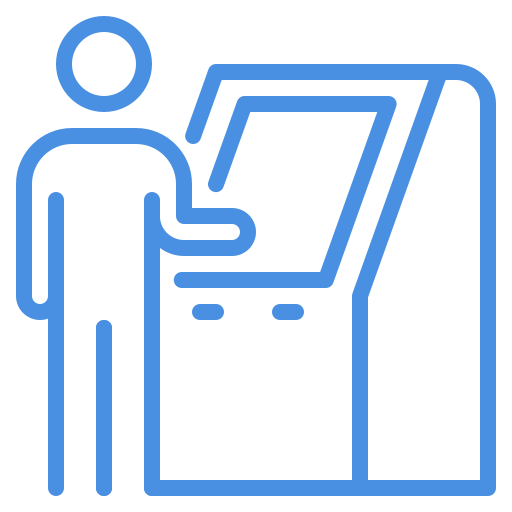Table of Contents
From basic fitness trackers to advanced biosensors, wearable health technology is revolutionizing patient care. For modern therapy practices, these devices are no longer a novelty; they are essential tools for real-time monitoring, enhancing patient engagement, and improving clinical outcomes.
This guide explores the impact of wearables on rehabilitation therapy, how they integrate with modern EMRs, and the key challenges and opportunities for clinics embracing the future of digital health.

The Evolution of Wearable Health Technology
Today’s wearables are advanced medical tools capable of monitoring key biometrics that are crucial for rehabilitation:
Heart Rate Variability (HRV): To assess stress and recovery.
Blood Oxygen Levels (SpO2): For patients with respiratory or cardiac conditions.
Activity & Mobility: To track real-world movement and adherence to home exercise programs.
Sleep Patterns: To gain insight into a patient’s recovery process.
For therapists, this data provides a continuous, objective view of a patient’s progress between visits.
How Wearable Devices Integrate with Modern EMRs
The true power of wearables is unlocked when their data is seamlessly integrated into your clinic’s EMR. This transforms patient management in three key ways.
1. Real-Time Data for Better Treatment Decisions
Instead of relying only on in-session reports, an EMR integration with wearables allows you to see continuous data trends. A therapist can track a post-surgical patient’s range of motion improvements daily, not just weekly, and adjust the plan of care in real-time.
2. Automated Alerts for Early Intervention
Modern EMRs can be configured to send automated alerts if a patient’s data crosses a certain threshold—for example, if a stroke survivor’s daily walking activity suddenly drops. This enables proactive, early intervention.
3. Enhanced Remote Patient Monitoring (RPM)
Remote patient monitoring devices are a cornerstone of modern care. They reduce the need for unnecessary in-person visits while ensuring continuous oversight, which is ideal for chronic disease management and long-term rehabilitation.
The Benefits for Patient Engagement and Compliance
One of the biggest challenges in therapy is patient adherence. Wearables are a powerful tool to solve this problem.
Increased Accountability: Patients can see their own progress on their devices, creating a sense of ownership over their recovery.
Gamification: Daily movement challenges and progress charts can turn rehab into an interactive and motivating experience, significantly increasing participation.
AI-Powered Program Design: Modern tools like an AI workout builder also allow practitioners to create engaging, custom movement programs, even for rehab clients. This also significantly reduces the hours that they spend on manual programming.
Overcoming the Challenges of EMR-Wearable Integration
While the benefits are clear, clinics must navigate three main challenges:
Data Overload: The EMR must be smart enough to filter and summarize data into actionable insights, not just present a wall of numbers.
HIPAA Compliance & Data Security: Patient data flowing from a personal device to your EMR must be protected with end-to-end, HIPAA-compliant encryption.
Interoperability: EMRs need to support open APIs and standardized health protocols (like HL7 & FHIR) to connect with a wide range of devices (e.g., Apple Health, Fitbit, Garmin).
How HelloNote Supports Wearable Integration
As therapy practices modernize, choosing an EMR that is ready for the future of physical therapy technology is crucial. HelloNote is at the forefront of this evolution, allowing therapists to:
Seamlessly sync real-time wearable data with patient treatment plans.
Enhance remote monitoring with AI-driven insights.
Ensure data security with HIPAA-compliant integrations.
Frequently Asked Questions About Wearable Technology
It is used for remote patient monitoring (RPM) of chronic conditions, tracking recovery progress after surgery, monitoring activity levels in physical and occupational therapy, and providing real-time data to clinicians to enable early intervention and more personalized care plans.
Wearables integrate with an EMR through secure Application Programming Interfaces (APIs). The wearable device sends encrypted health data to the EMR, which then organizes and displays it within the patient’s chart, often in the form of graphs and summary reports.
The main benefits are improved patient outcomes through continuous oversight, increased patient engagement and adherence, reduced hospital readmissions, and greater efficiency for clinics by allowing for virtual check-ins instead of unnecessary in-person visits.
The biggest challenges are ensuring data security and HIPAA compliance, preventing data overload for clinicians by filtering for actionable insights, and solving interoperability issues so that data from many different devices can flow into a single EMR system.
Conclusion
Wearable health technology is an essential part of modern rehabilitation. As EMR integration with wearables improves, therapists will benefit from more accurate patient insights, better treatment planning, and increased patient engagement. By choosing an EMR that is ready for this future, therapy practices can fully leverage digital health to enhance both patient outcomes and clinic efficiency.
Want to see how HelloNote can optimize your therapy practice with wearable technology? Book a Free Demo Today!



















